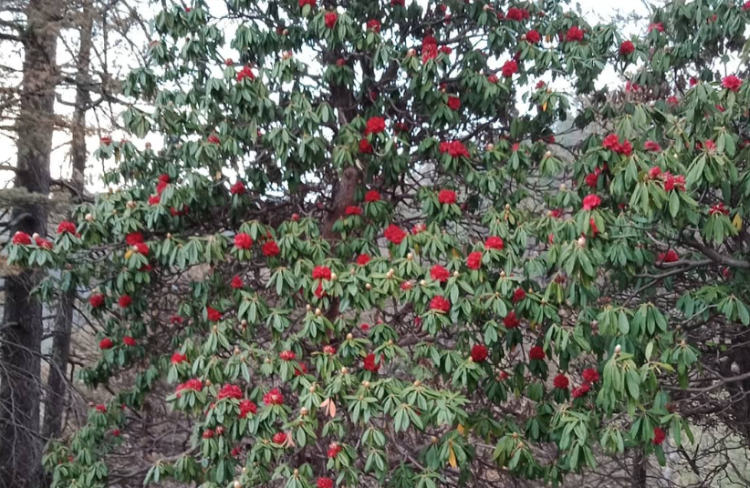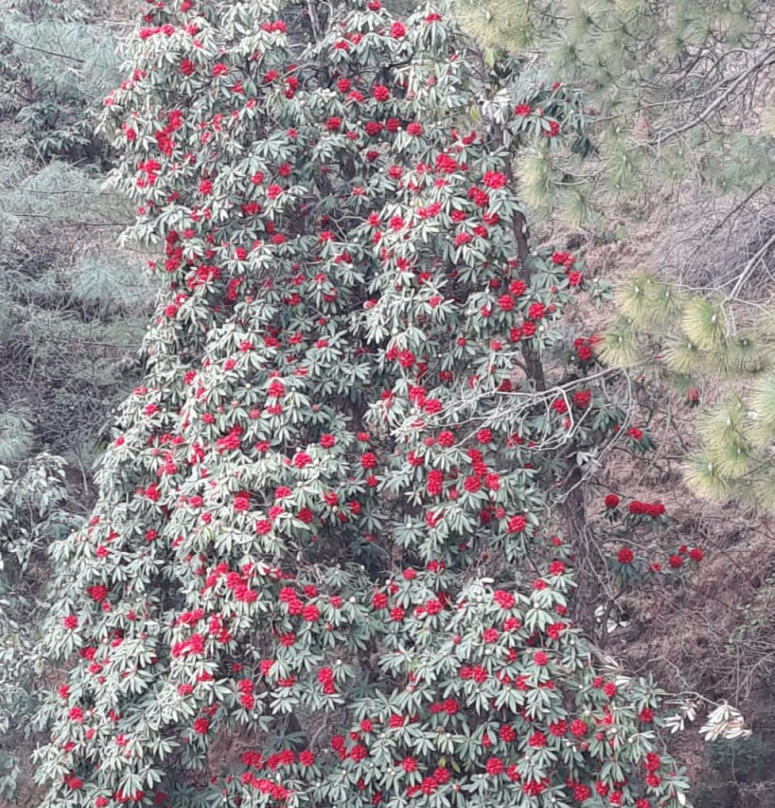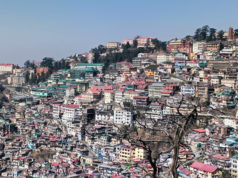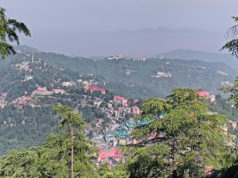Shimla, nestled in the Himalayan Mountains, is a city in India that boasts of a diverse range of flora and fauna. Among its many stunning plant species, the Shimla Rhododendron, also known as the Buransh flower or the Himalayan Rhododendron, stands out as a beautiful and beneficial gem of the region.
This shrub, with its large and vibrant flowers of pink, red, white, and purple, grows up to 20 meters in height, creating a dazzling display when it blooms in clusters. Tourists and photographers from all over the world are drawn to its breathtaking beauty.
But the Shimla Rhododendron is more than just a pretty sight. It is a powerful air purifier that helps create a cleaner, healthier environment by absorbing pollutants, particularly nitrogen dioxide, from the air. Additionally, it helps prevent soil erosion and retains moisture, which is critical in arid environments.
This species also possesses medicinal properties that have been used for centuries by locals. The leaves are rich in antioxidants and anti-inflammatory compounds that can help soothe skin irritations, while the flowers are used to treat coughs, colds, and fevers. Moreover, traditional healers believe that it can protect against certain types of cancer.
The Shimla Rhododendron also plays an important role in the ecosystem, as it is a source of nectar for honeybees and other pollinators. The honey produced from this nectar is highly valued for its unique flavour and medicinal properties and is a significant source of income for many local beekeepers.
Unfortunately, the Shimla Rhododendron faces many threats, including deforestation and climate change, which are endangering its habitat and survival. However, various efforts are underway to protect and conserve the species, including the establishment of protected areas and the promotion of sustainable tourism practices.
The Shimla Rhododendron is a beautiful and multifaceted plant that deserves our attention and admiration. Its ecological and medicinal benefits make it a vital part of the natural ecosystem and cultural heritage of Shimla. By working together to protect and conserve this delicate beauty, we can ensure that it continues to thrive for generations to come, adding to the beauty of the city.
















